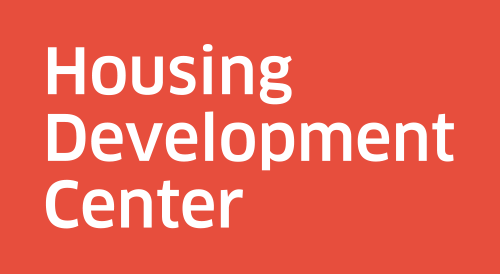Restructuring Property Data to Plan for Portfolio-Wide Capital Needs
An asset manager with Cornerstone Community Housing in Eugene, Oregon, Amy Cubbage oversees the health and performance of eight affordable multifamily rental properties. Last year, Amy was struggling with a persistent problem: She needed to understand her portfolio’s future capital needs on an aggregate level. But her data was siloed in property-specific CNAs that didn’t speak a common language.
CNAs, or capital-needs assessments, are property-inspection reports that estimate the life expectancies and replacement costs of building components and systems. Housing owners usually order them for one property at a time, in conjunction with a refinance or other property-specific milestone. The reports tend to be exhaustive and highly detailed—think line items for $5 toilet-paper holders and $1 light-switch wall plates.
Property-specific CNAs tell owners pretty much everything they need to know about the capital needs of individual properties. But if an owner needs to answer a high-level question about the capital needs of multiple properties—such as how much it will cost, over a given time span, to replace worn-out roofs, windows, and other major building components across an entire portfolio—a property-specific CNA isn’t very helpful.
Neither is a stack of property-specific CNAs. Amy had recent CNAs for five of Cornerstone’s eight properties. Yet summarizing their data to get the high-level information she needed was a difficult translation challenge. The reports had been prepared by different providers, at different times, and their data was structured inconsistently. Each followed its own, not-entirely-transparent system for naming and classifying line items.
In short, Amy’s CNAs contained data she needed, but in a format she couldn’t use. So she didn’t use them. “They kind of sat there,” she says.
Prairie View, a 64-unit apartment complex in West Eugene, is one of eight properties in Cornerstone Community Housing’s affordable housing portfolio.
Amy called up Emily Schelling, director of asset management and initiatives at HDC. Amy had been working with Emily to develop a portfolio sustainability plan through a capacity-building program funded by Meyer Memorial Trust. Emily agreed that Amy needed a better tool for understanding Cornerstone’s portfolio-wide capital needs. Since building it was a bigger job than Amy could handle on her own, Emily offered to help. Amy secured additional funds from Meyer Trust to support the project, and the two set to work.
Using input from Amy and from HDC’s construction-management team, Emily took the lead on restructuring Cornerstone’s CNA data. Emily eliminated small repair items handled by maintenance staff and rolled up items relating to major building systems into broad groupings—roof, instead of sheathing, shingles, and fascia. She summarized and compiled the data in a custom Excel workbook, outfitted with property-specific and summary sheets. And she applied formulas to bring each item’s listed life expectancy up to date.
“We worked on getting to the level of detail that was important to Amy,” Emily says. “This tool answers the question she cares about: What does Cornerstone need to invest, year over year, to protect and preserve its physical assets?”
The team went one step further, incorporating Amy’s projections of Cornerstone’s capital-funding sources into the workbook. Connecting sources-and-uses data sets enabled Amy to identify a potential future funding gap and alert Cornerstone’s board of the issue. Going forward, it will simplify monitoring of the eight properties’ capital positions.
Amy says the workbook is helping her do her job better. “This tool makes it easier to do the type of analysis we want to do, and to be more proactive in our planning approach,” she says. “The next step is to come up with a property-by-property plan for how to address the projected capital needs.”
Cornerstone isn’t the only beneficiary of the project. The collaboration gave Emily and her HDC colleagues a better understanding of a problem many housing owners face, and it resulted in a tool that other housing owners can use and adapt, Emily says.
And when owners have better tools to plan for the future of their affordable housing portfolios? That’s a win for everyone, including property residents, present and future.
Need help addressing affordable-housing asset management needs? Visit HDC’s Asset Management page to contact our team. We look forward to hearing from you!

